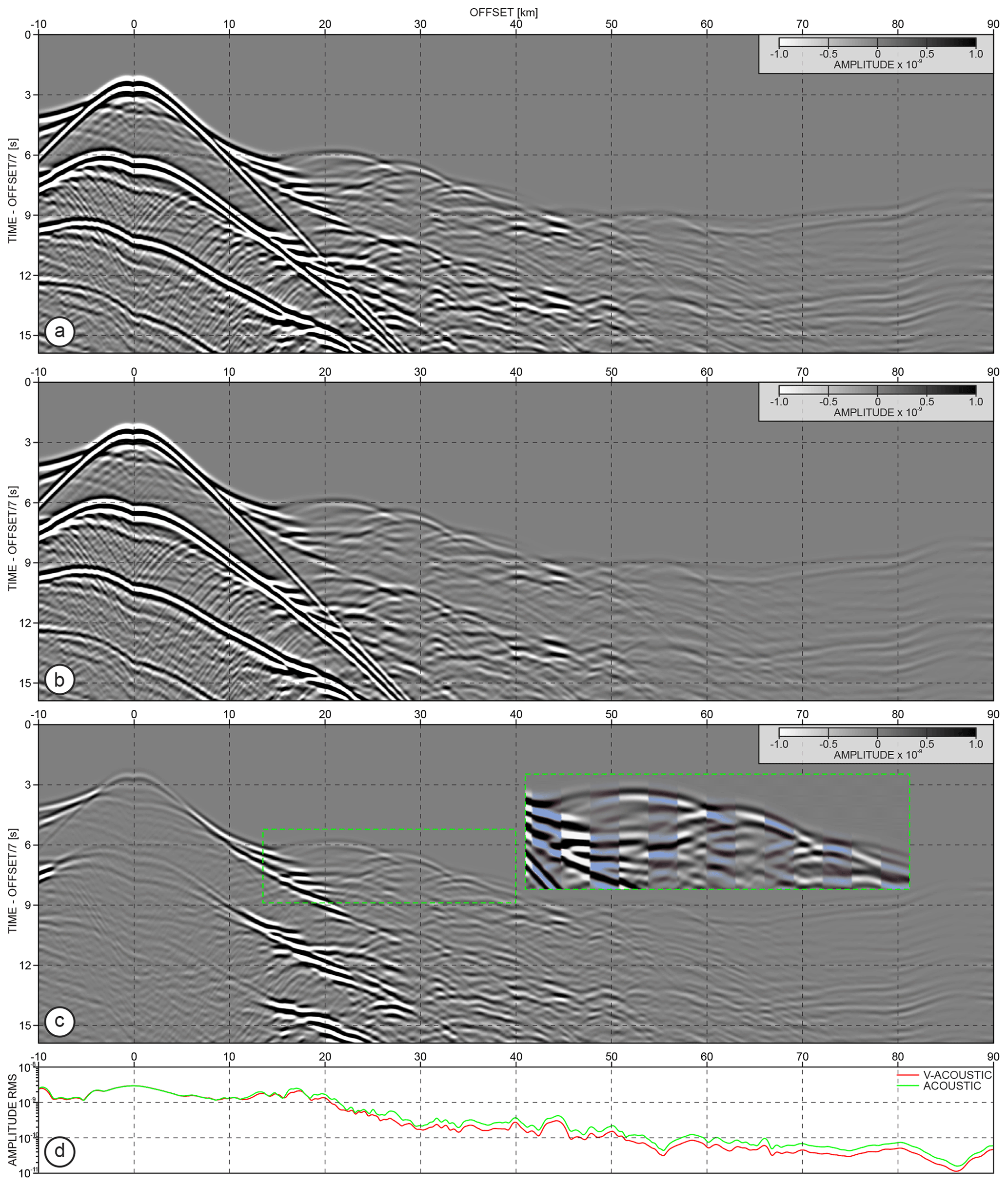

bedding) data to try and estimate the secondary information automatically. One approach to overcoming this is to analyse the simpler (i.e. Unfortunately these types of data are not always stored in national geological databases. 1) Insufficient structural data, since the more complexly deformed the geology, the more we need to rely on secondary structural information, such as fold axial traces and vergence to ‘solve’ the structures.When we try to apply this approach to more complex terranes, such as greenstone belts, we come across two types of problem: The automation is based upon the deconstruction of the geological maps and databases into positional, gradient and spatial and temporal topology information, and the combination of deconstructed data into augmented inputs for 3D geological modelling systems, notably LoopStructural and GemPy. In geological settings characterised by folded and faulted strata, and where good field data exist, we have been able to automate a large part of the 3D modelling process directly from the raw geological database (maps, bedding orientations and drillhole data). Applications can be in any field of solid earth sciences to address scientific questions throughout the lithosphere/anthroposphere. Of special interest are also approaches to combine and enhance geomodelling with machine learning methods. We seek here contributions from all geoscientists using 3-D geological modelling methods, as well as novel developments to construct these models, to quantify and communicate uncertainties, and to integrate geological modelling into geophysical inversions.

Machine learning approaches can be used in every step of the geomodeling pipeline to enhance the process: from automated input data extraction and classification to probabilistic model selection. Increasing computing power now also allows for effective stochastic simulation of uncertainties in geomodelling, as well as the integration of probabilistic inference frameworks and geophysical inversions.

Substantial developments in geomodeling over the past years has helped bridge the gap between input data and resulting geomodel, allowing for the (semi-)automated construction of geomodels, a quicker model validation and rebuilding when new data arrives, as well as an efficient testing of multiple hypotheses. But accurately modeling the significant heterogeneities, discontinuities and the uncertainties of geological systems from often sparse data remains challenging. Geological models are key to our understanding of the subsurface by providing both visual and quantitative context.


 0 kommentar(er)
0 kommentar(er)
